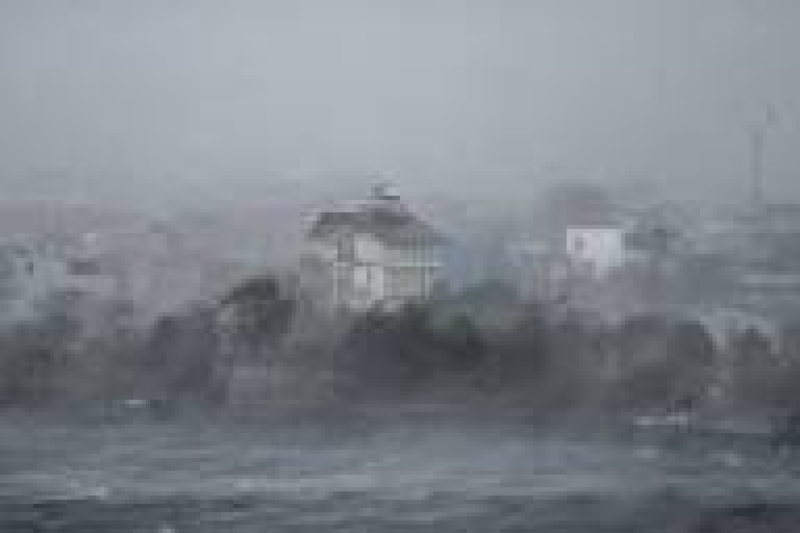- Stock market: DSE fails to sustain early gains, CSE extends rally |
- Illegal arms, disinformation pose major challenges to BD polls: Officials |
- BNP senses ‘dangerous conspiracy’ against democratic transition |
- CEC Vows Credible Election to End Stigma |
- High-level meeting reviews country’s economic progress |
Super Typhoon Yagi Hits Northern Vietnam

Super Typhoon Yagi slammed into northern Vietnam on Saturday, causing extensive destruction and claiming at least one life. The powerful storm, which had already claimed two lives in southern China, made landfall with winds exceeding 149 kilometers (92 miles) per hour, according to the National Centre for Hydro-Meteorological Forecasting.
The typhoon struck Hai Phong and Quang Ninh provinces with fierce winds, uprooting thousands of trees and tossing metal roof sheets and commercial signboards through the city skies. In Hai Duong province, a man was killed when a tree fell onto the street as the storm approached.
Tran Thi Hoa, a 48-year-old Hai Phong resident, described the storm's intensity: “It has been years since I witnessed a typhoon this big. It was terrifying. I stayed indoors, locked all my windows, but the noise from the wind and rain was overwhelming.”
Before making landfall, Typhoon Yagi caused significant damage on Co To island, about 80 kilometers from Quang Ninh. The storm uprooted trees, damaged buildings, and severed power lines, marking it as the most severe typhoon to hit the island in decades.
The typhoon had previously battered southern China's Hainan island, where it caused at least two deaths, injured 92 others, and led to the evacuation of around 460,000 people. With wind speeds exceeding 230 kilometers (143 miles) per hour, Yagi uprooted trees and caused widespread damage.
In response, Vietnamese Prime Minister Pham Minh Chinh urged local authorities to evacuate residents from vulnerable areas and advised others to stay indoors. About 20,000 people have been relocated to safer areas in Hai Phong, Thai Binh, and Hanoi, with many taking refuge in public buildings such as schools and kindergartens.
The Ministry of Defence has mobilized over 457,000 personnel, along with 2,000 vehicles and six planes, to address the aftermath of the storm. Northern Vietnam, including Hanoi, has been experiencing heavy rains and strong winds since Friday evening, with four airports, including Noi Bai International Airport, closed, and sailing banned.
Earlier in the week, Yagi had caused flooding and landslides in the Philippines, where it resulted in 13 fatalities before intensifying into a super typhoon.
Experts warn that climate change is causing typhoons to form closer to coastlines, intensify more rapidly, and linger longer over land, as highlighted in a recent study.

